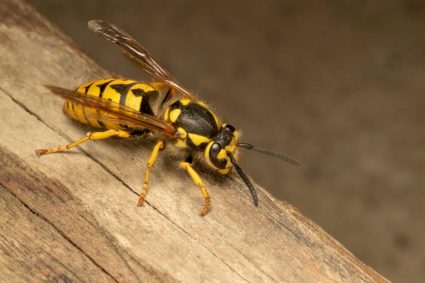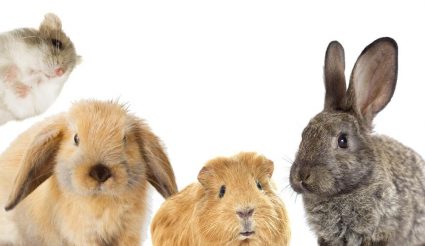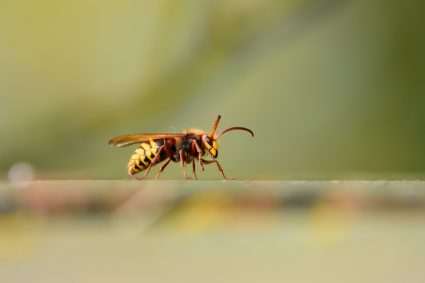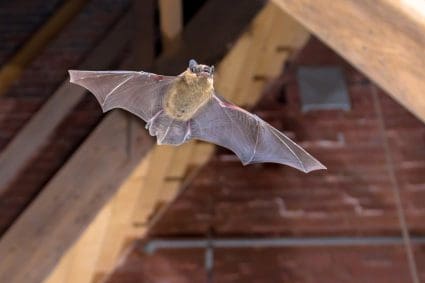
When it comes to identifying and understanding wildlife, paying attention to the little details can be crucial. One such detail that often gets overlooked is droppings. In this comprehensive guide, we’ll dive deep into the world of turkey droppings, providing you with everything you need to know to identify and understand them.
Turkey droppings have unique characteristics that can help identify them. Male turkey droppings are elongated or J-shaped, while female turkey droppings are more spiral-shaped. The droppings are typically greenish-brown in color, but this can vary based on the bird’s diet. They also contain white uric acid, which is usually visible on the surface of the droppings. However, it’s important to note that these are general guidelines and there can be variations.
Identifying Turkey Droppings
Turkey droppings have unique characteristics that can help distinguish them from other birds’ droppings. The most obvious distinguishing feature is their shape. Male turkeys, or toms, produce droppings that are elongated or J-shaped, while female turkeys, or hens, produce droppings that are more spiral-shaped.
The size of the droppings can also provide information about the age of the bird, with larger droppings indicating older turkeys. Male turkey droppings typically measure about 2.93 inches long and 0.39 inches in diameter. Female turkey droppings, on the other hand, are clumpier, rounder, and potentially a little curly.
Understanding the Color of Turkey Droppings
Turkey droppings are typically greenish-brown in color. However, the color can vary based on the bird’s diet. For example, if a turkey has been eating red fruits, its droppings may have a reddish tint.
The droppings also contain white uric acid, which is a waste product from the bird’s kidneys. This white substance is usually visible on the surface of the droppings, particularly on the curled end of male turkey droppings.
Common Misconceptions About Turkey Droppings
Despite the general guidelines, there are some misconceptions about turkey droppings. Many people believe that you can reliably determine a turkey’s sex based solely on the shape of its droppings. In reality, this is not always the case. Hens can also produce J-shaped droppings, and gobblers can defecate in shapes that are not easily definable.
The Impact of Diet on Turkey Droppings
A turkey’s diet can significantly influence the appearance and composition of its droppings. The consistency, color, and nutrient content of the droppings can all vary based on what the bird has been eating. For instance, a diet high in poultry, such as chicken or turkey, can cause yellow-colored stool.
How to Safely Handle Turkey Droppings
Handling or disposing of turkey droppings requires care to avoid direct contact, as they can be harmful to humans and animals. Here are some tips on how to safely handle turkey droppings:
- Composting: Turkey manure can be composted and used as fertilizer. It can be added to a compost pile, where it will break down and eventually turn into nutrient-rich compost for your garden.
- Renewable energy: Some researchers are exploring the potential of using turkey droppings as a renewable fuel source for heat and electricity.
- Garbage disposal: If composting or using the droppings for energy is not an option, they can be disposed of in the trash. Ensure that the droppings are bagged securely to prevent leakage and contamination.
- Proper hygiene: Always wash your hands with soap and water for at least 20 seconds before and after handling turkey droppings or any other waste materials.
In conclusion, understanding what turkey droppings look like can be helpful for bird enthusiasts, hunters, and nature lovers alike. By paying attention to the details, you can gain a wealth of information about these fascinating birds.
Frequently Asked Questions
Can turkey droppings spread diseases?
Yes, turkey droppings can potentially spread diseases. Birds can carry various pathogens that can be harmful to humans and animals. Therefore, it’s important to handle them with care and practice good hygiene.
How often do turkeys defecate?
Turkeys, like most birds, do not have a specific defecation schedule. Their digestive system is quite efficient, and they can defecate several times a day. The frequency can also depend on the bird’s diet and health condition.
Do turkey droppings smell?
Yes, turkey droppings do have a smell, which can be quite strong. This is due to the presence of various waste products in the droppings, including uric acid and undigested food particles.
Is it legal to collect turkey droppings in the wild?
Collecting turkey droppings in the wild may be subject to local laws and regulations. It’s always best to check with local authorities or park services before collecting any form of wildlife waste.
Can turkey droppings be used as a pest deterrent?
There’s no evidence to suggest that turkey droppings can be used as a pest deterrent. In fact, they may attract other animals or insects. If you’re dealing with a pest problem, it’s best to seek advice from a professional pest control service.












